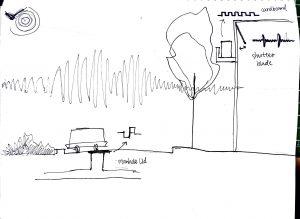In-Class Assignment – visiting the seawall
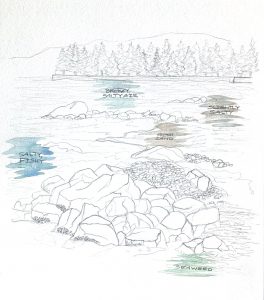
Assignment 9: Campus Smell Walk
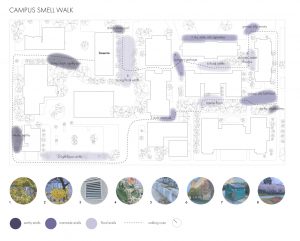
I took a break from studio and walked around campus near Lasserre. While the smells were faint, I could break them into 3 main categories: earthy, manmade, and floral.
In-Class Assignment – visiting the seawall

Assignment 9: Campus Smell Walk

I took a break from studio and walked around campus near Lasserre. While the smells were faint, I could break them into 3 main categories: earthy, manmade, and floral.
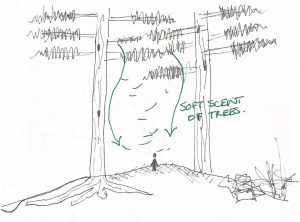
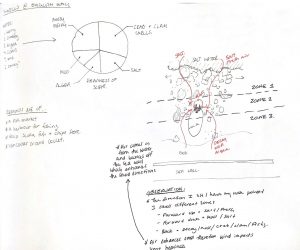
Can’t figure out why these are showing blurry…
In-class Exercises
Smelling the seawall
Seaweed on the rocks capture salty seawater which makes the smell stay longer, the wind blowing from the sea strengthens the smell. As the wind was gusting from the sea to seawall, similar to the waves forming several rounds of ripples, smell also shaped an overlayed radiation wave. Like seawater waves disappeared when hitting the rocks, the smell faded away over time.
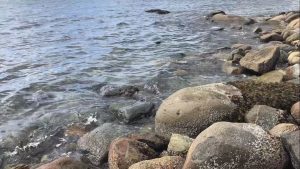

Smelling in the forest
The smell radiation changed into a different type of overlaying in the forest. Like diverse trees overlayed with each other using their canopy leaving a clear space underneath, the smells of these vegetation, twigs, streams interacted with each other making a natural smell harmony to the center (where I stand). I was surrounded by trees, also surrounded by the combination of smells.

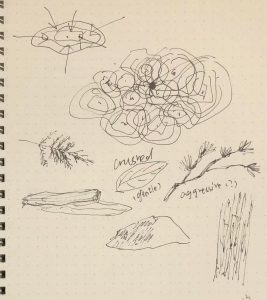
Although leaves smell similar, when they are crushed, they produced different, distinctive, some gentle, some aggressive scents.
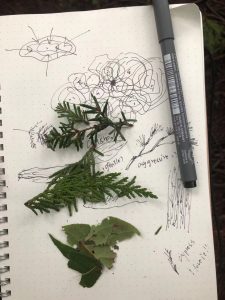

Here is the smell map recording my smell experience from UBC village along way back home.
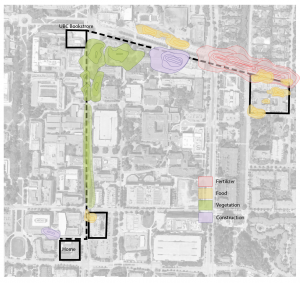
In class exercise

Graphing the relationship between height and the intensity of a smell (ex. things on the ground smell more intense the closer you get to them)

Noticing the smells on my walk from the bus to my apartment building
Notes:

Smellwalk mapping afterwards:
Colour associated with smell, intensity marked by transparency, and size based on duration.
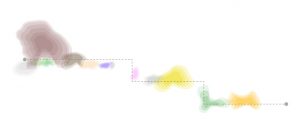
In class exercise: documenting smells in English Bay and Stanley Park
site 1
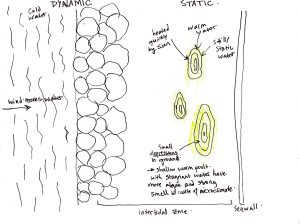
site 2

site 3
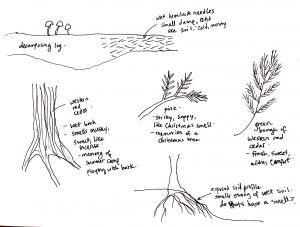
Smell notes: a smell walk through the back alleys of Dunbar on a cold, rainy afternoon. The sources of things I smelled are placed on a spectrum based on the strength of memory in the mind’s eye that was experienced when smelling each item. I compared smell-memory to vision since it is hard to describe without relating it to another sense. General observations: the experience of smell and memory are highly personal. Also, it was difficult to access memories or emotions or associations with a lot smells – but particularly with the smells of artificial things. The strongest memories for me involved natural materials, plants and food.

Documentation of four smells experienced in Camosun Bog on a warm, dry, sunny afternoon. “Concoctions” of word associations are used to describe each smell. The smells were much stronger on the warm dry walk than on the cold rainy walk.

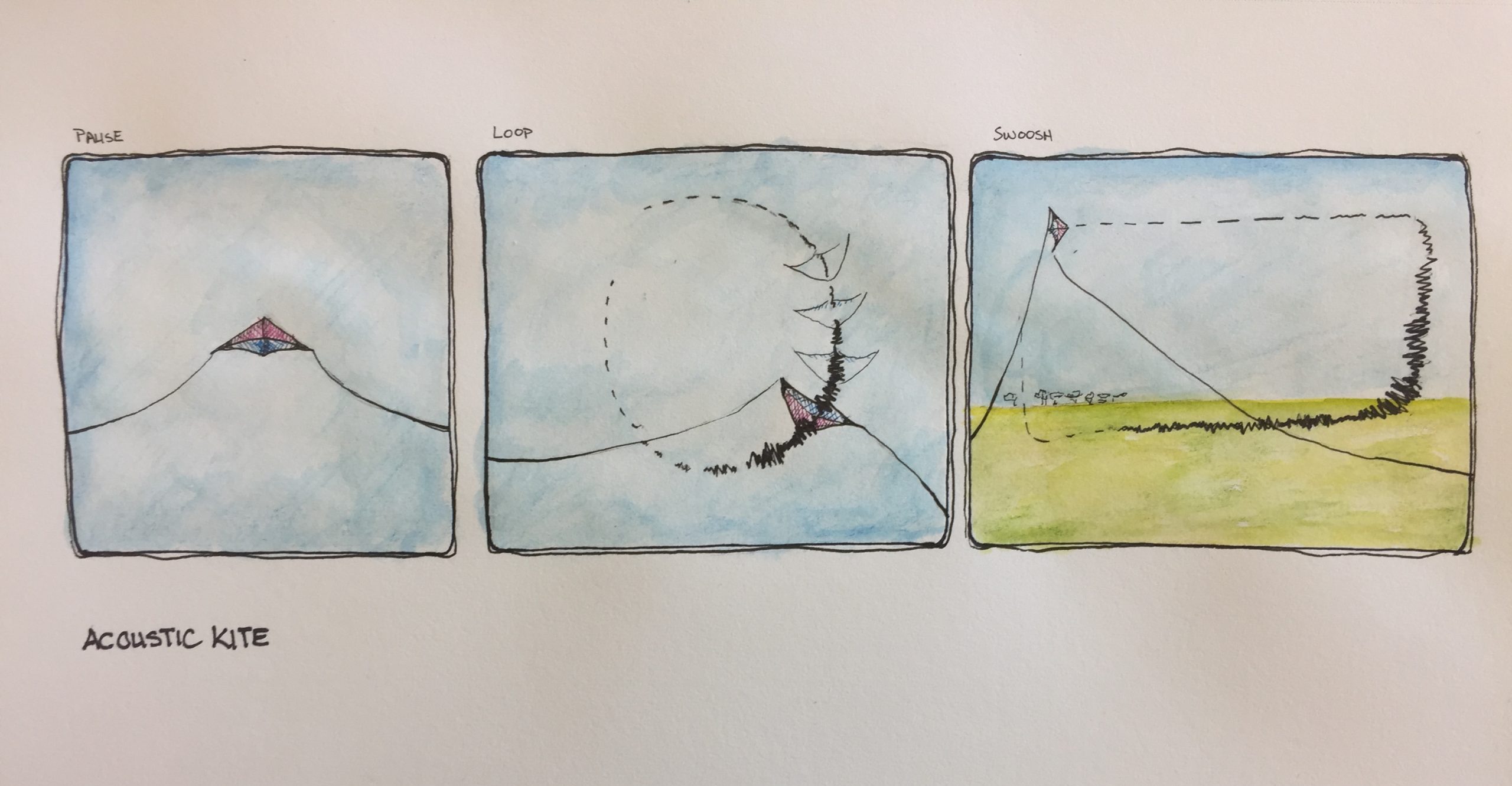
Acoustic Kite: tracing sounds in the sky.
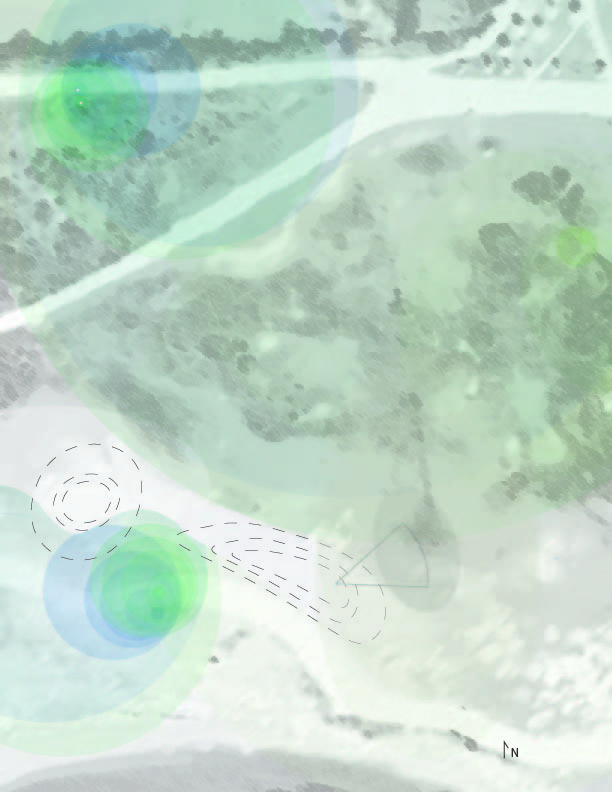
Sound Map of Gary Point Park.
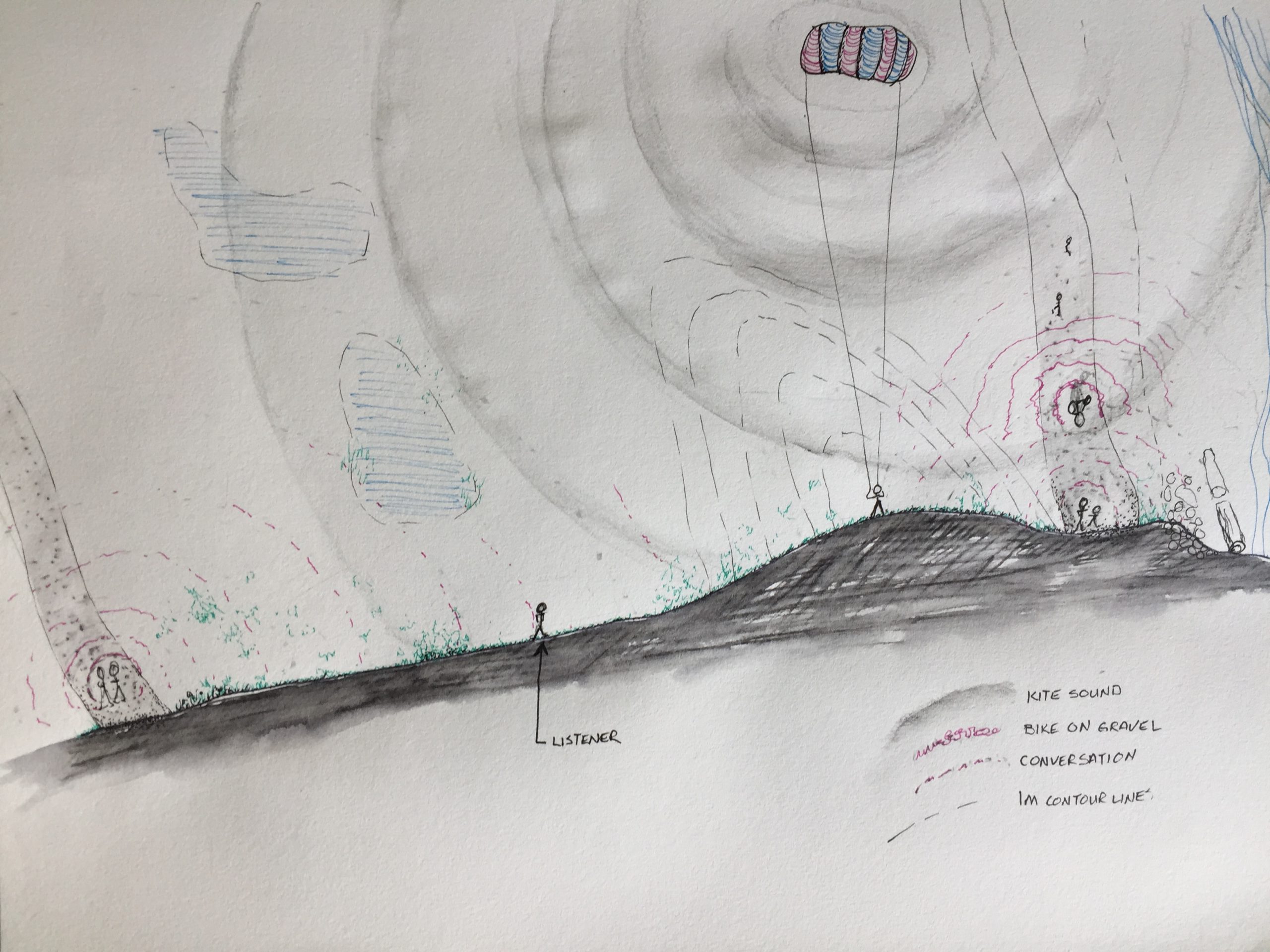
Sound Section of Garry Point Park
The first spot to sniff was the seawall. It lended itself to a section as the smells followed a repeating structure along the shoreline with diffrent parts of the shoreline emitting diffrent scents and being carried by the wind.
This became a multisensory map because we had so much time.

The forest became a site plan because the space was organized more complexly and irregularly. The odor here was much more faint to my nose.

The weekend was a quidditch tournament so the most prominent scent came from running all day.

Assignment 08:
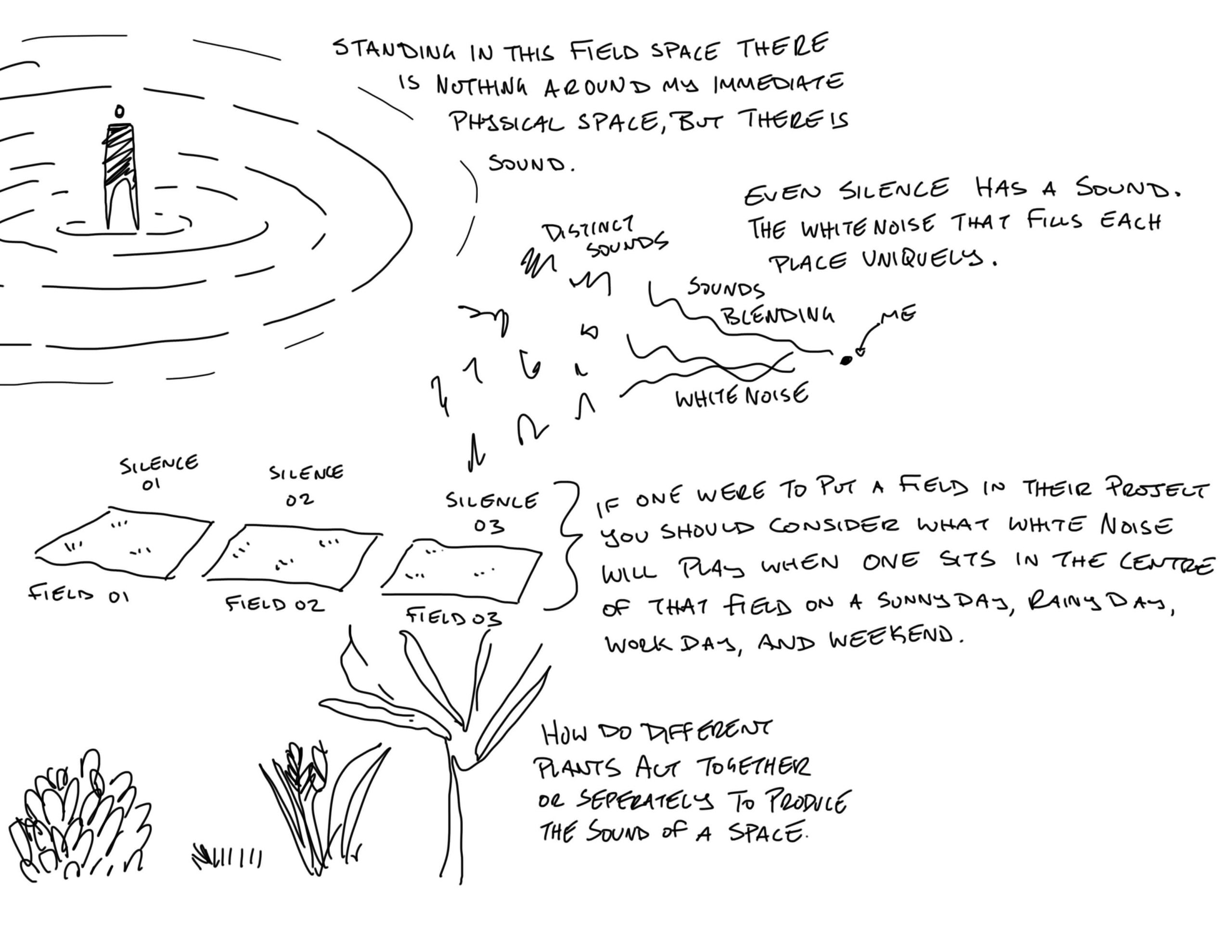
Trying to understand how sound shapes space or how space can be shaped to change sound perception.

The shapes of sounds as they are understood by me with their audible inflections and abruptness alongside how they fade in and out in volume.

Grey – Continuous Low Tones
Pink – Intermittent Middle Tones
Yellow – Abrupt High Tones
This was my understanding of the space around my residence building and along the open field and garden portions of the exterior space. I wanted to categorize the sounds more generally rather than specifically recognizing any particularly sounds producers. As well I wanted to illustrate that even if an area like the top left was very quiet, almost silent, there was still an overarching low tone that fills the space.
WIND OBJECT
In-Class Exercise: 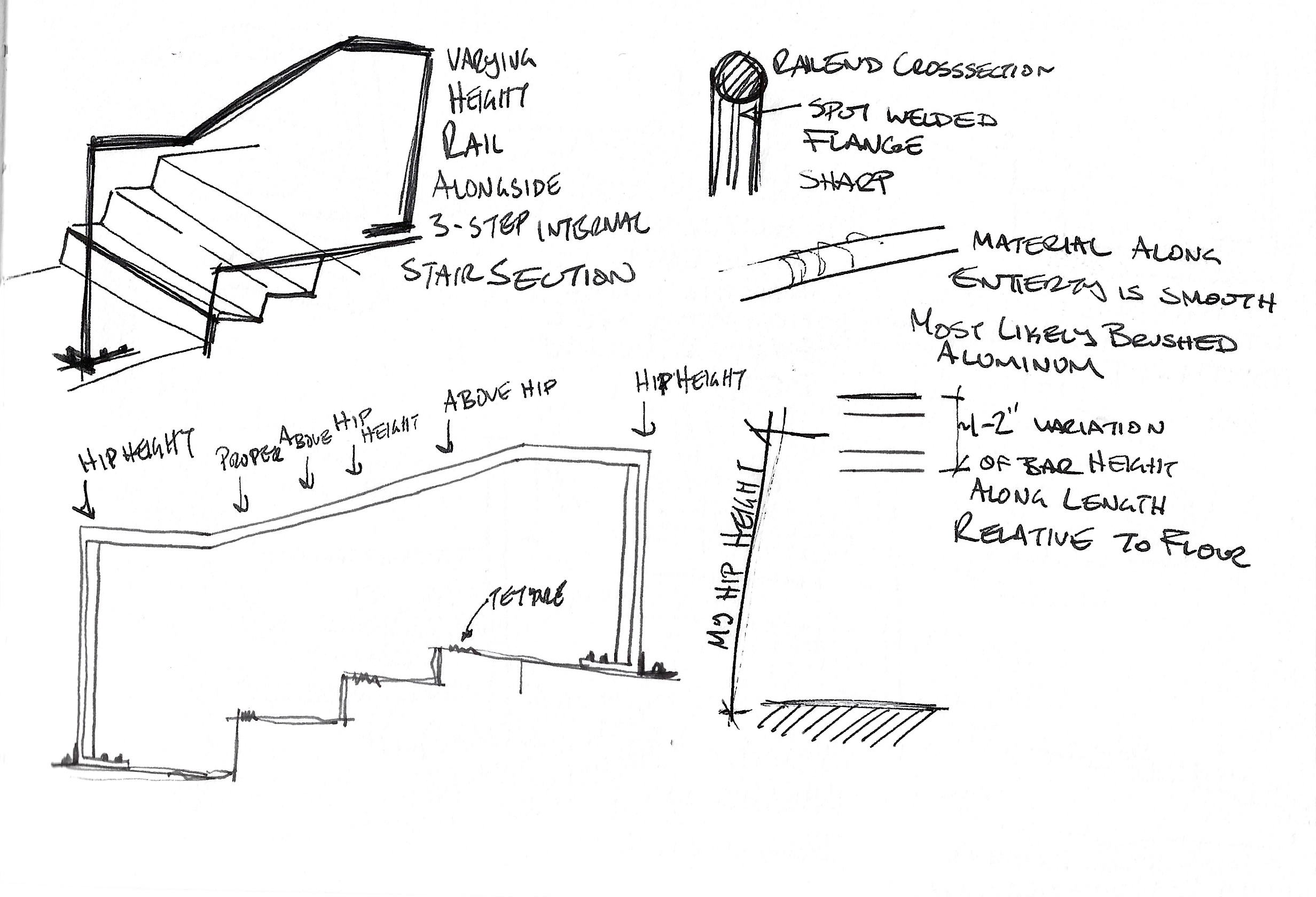
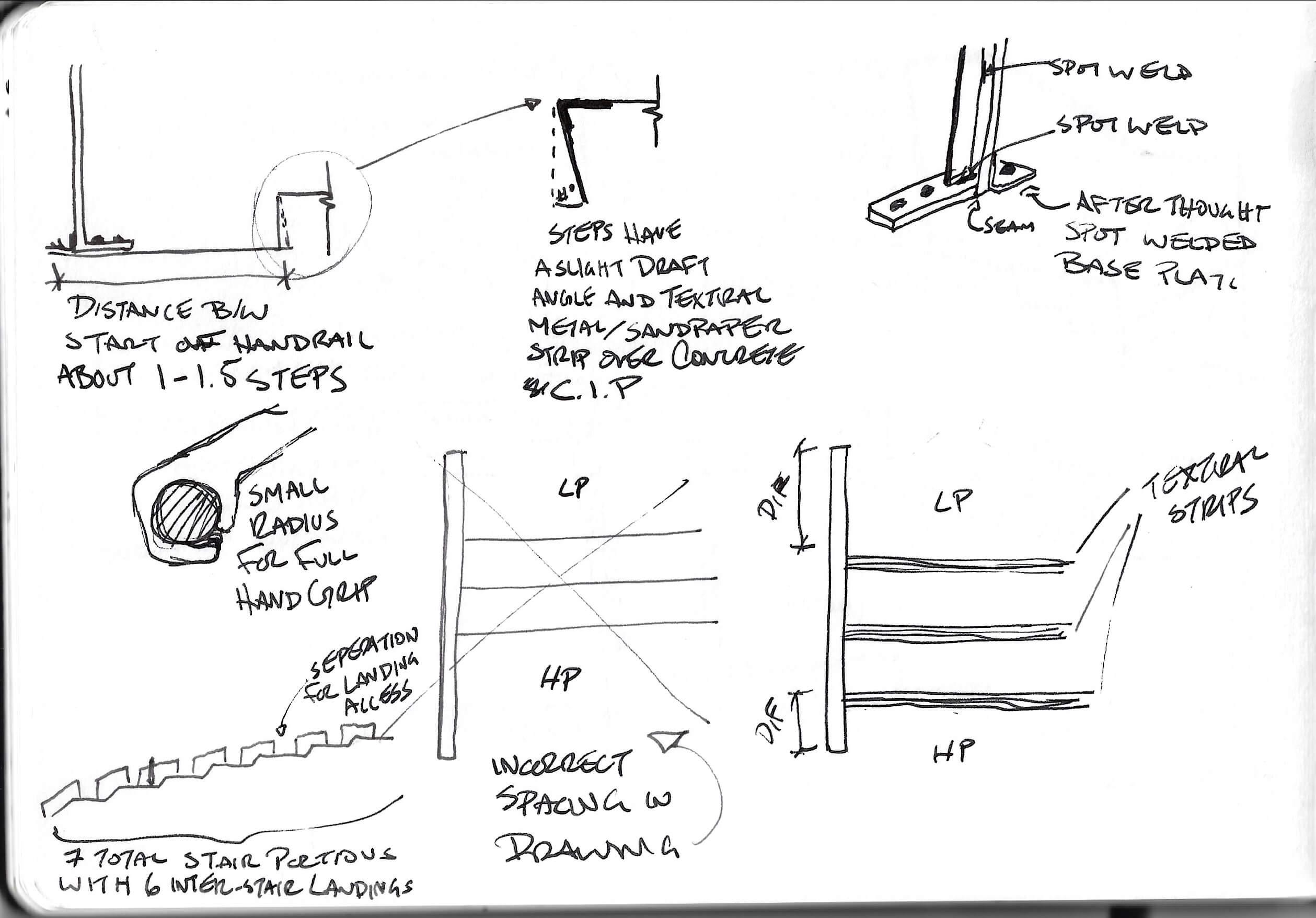

Assignment 07:

I used this assignment to interrogate the spatial qualities of the bathroom space in my student apartment. I wanted to look at the space through the idea of compression and sensorial micro-moments. Due to my size and the scale of the bathroom there is an almost continuous gradient of compressed feeling in the bathroom. The number of steps I take in the space have very little rhythm or composition. To manoeuvre my frame around it require many small steps to position myself in space.
The micro moments progressions show both the act of moving to the shower space and how my body interacts with that on a physical level, and the other is the progression of washing my hands.
The most confusing interaction is with the inward swinging door which to access the cupboards under the sink, you need to move around the perimeter of the door as you swing it open in order to then close it.
Tuning in
I went to the open space near Harvey Reginald MacMillan Cairn on a rainy day testing out the differences of raindrops hitting different materials.
-umbrella (fabric)
-concrete
-vegetation leaves
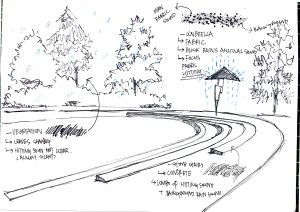
Also, the gradual change of sound when a car was passing.
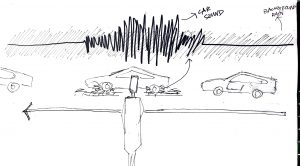
Windplay
I cut tracing paper into strips of different widths and fixed them on cardboard. I also included a tissue strip and the package of potato chips to find out different reactions of different materials.
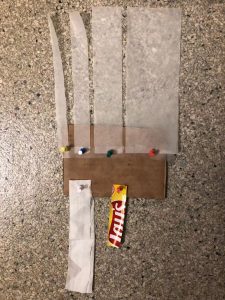
In-class exercise
